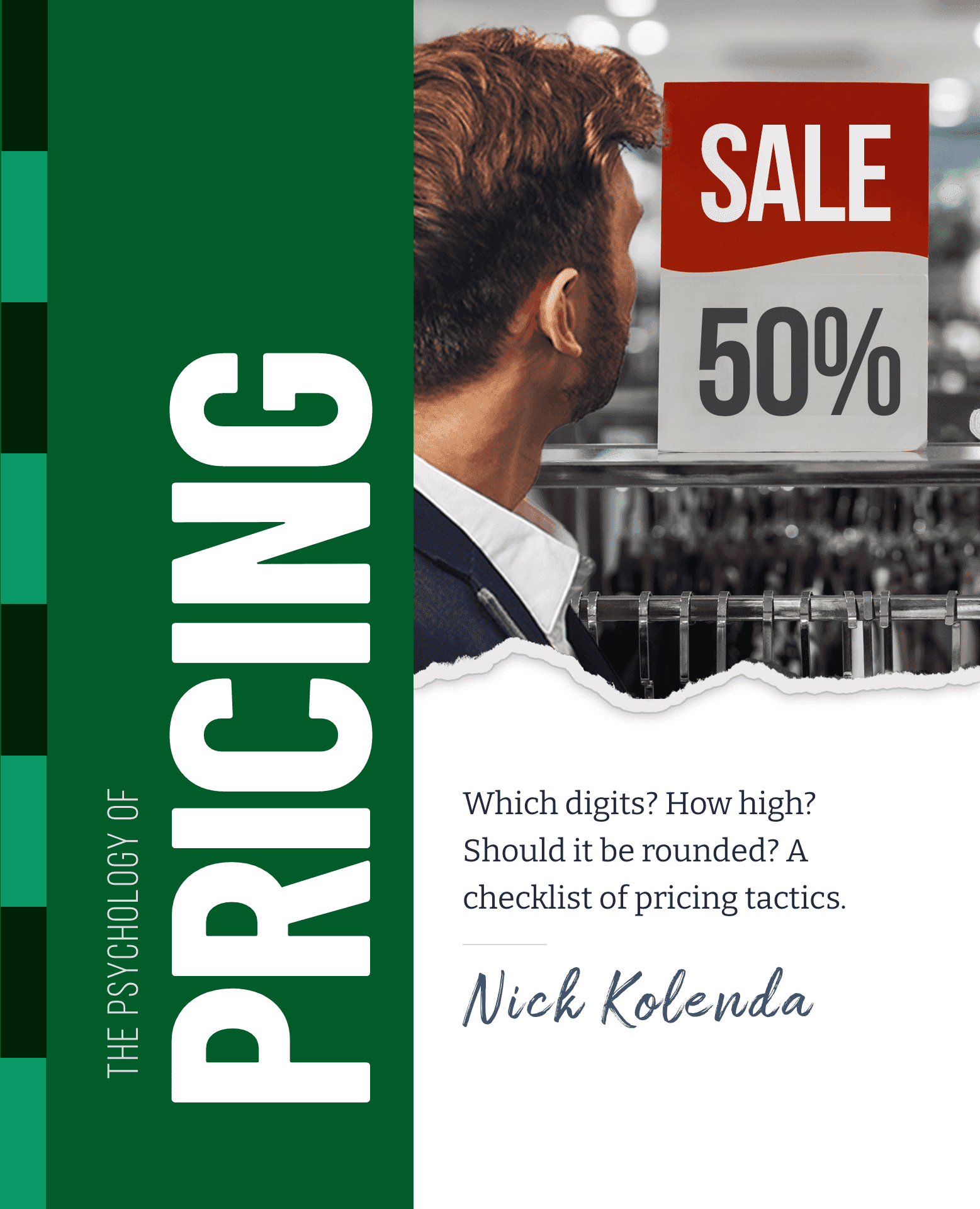
Limit Bulk Discounts By Small or Large Amounts
Moderate limits can anchor customers to the lower end of their purchase range.
Imagine a $0.50 discount on peaches.
Retailers could limit this discount:
- Limit of 1 peach
- Limit of 3 peaches
- Limit of 9 peaches
Be careful with moderate limits.
Maybe a customer plans to buy 5 peaches, but they'll be happy with any quantity from 3–7 peaches. Well, a moderate limit of 3 peaches can anchor them to the lowest endpoint in their acceptable range.

Customers buy 3 peaches instead of 5 peaches like they planned.
...if the grocery store allows him to buy six muffins at a discount, he will buy six. But, if the store allows him to buy only five muffins at a discount, he may buy just five (Zhang et al., 2021, p. 774)
If a bulk discount is limited to 1 peach, customers still buy 4 more peaches at the regular price to reach their planned quantity of 5.
Researchers confirmed this effect in a real fruit shop: A limit of 3 sold the fewest peaches (Zhang et al., 2021).

Unsure which limit to impose? Try a high limit.
In another study, high limits (e.g., 8 for $8) performed better than low limits (e.g., 2 for $2, 4 for $4) because they anchored purchases upward (Manning, & Sprott, 2007).
Caveats
- Use Restrictions, Not Requirements. A 'limit of 2" increases conversions, but "must buy 2" reduces conversions (Inman et al., 1997; Bhatt et al., 2024).
- Bhatt, S., Swaminathan, S., & Suri, R. (2024). Restrictively framed promotions hurt retailers: The role of promotion induced reactance. Journal of Promotion Management, 30(1), 77-109.
- Inman, J. J., Peter, A. C., & Raghubir, P. (1997). Framing the deal: The role of restrictions in accentuating deal value. Journal of Consumer research, 24(1), 68-79.
- Manning, K. C., & Sprott, D. E. (2007). Multiple unit price promotions and their effects on quantity purchase intentions. Journal of Retailing, 83(4), 411-421.
- Wansink, B., Kent, R. J., & Hoch, S. J. (1998). An anchoring and adjustment model of purchase quantity decisions. Journal of Marketing Research, 35(1), 71-81.
- Zhang, S., Sussman, A. B., & Hsee, C. K. (2021). A dragging-down Effect: Consumer decisions in response to price increases. Journal of Consumer Research, 47(5), 772-786.

Want more tactics?
Get all my free pricing tactics